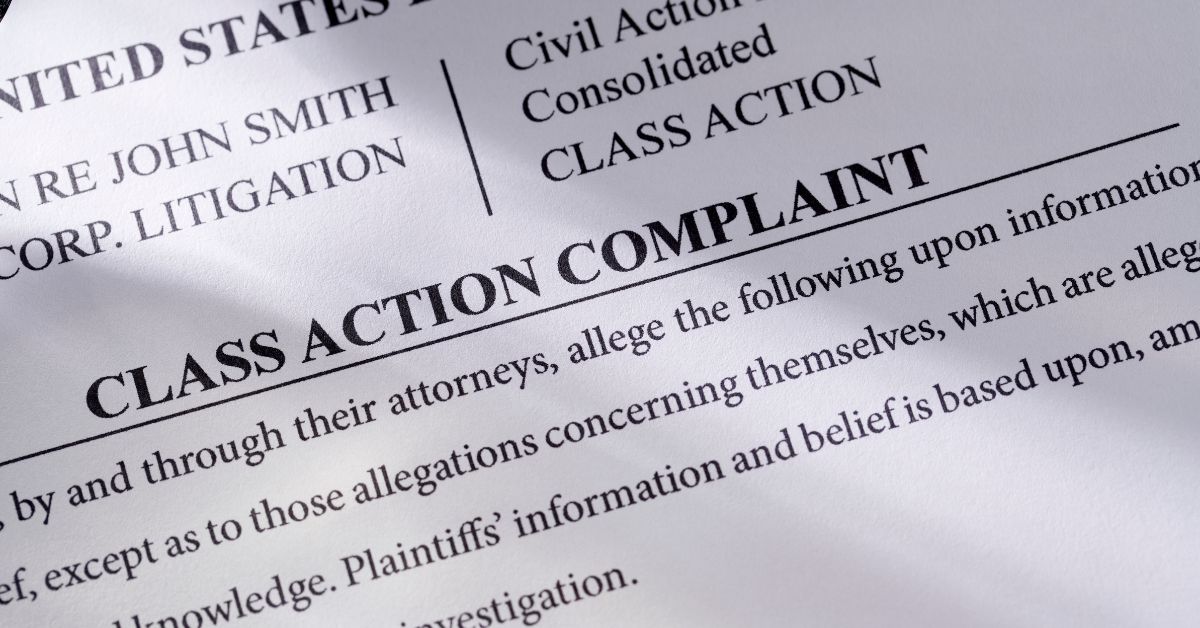Which Article Proclaims The Constitution As The Highest Law
Which Article Proclaims The Constitution As The Highest Law Title: “John Adams: The Architect of American Governance” Introduction: The “John Adams: Architect of American Government” exhibit is located at the John Adams Courthouse. Through a blend of text, imagery, and audio, this exhibit delves into the crucial role played by John Adams in shaping the constitutional foundations of both Massachusetts and the United States.
The American Revolution:
A Dual Endeavor The success of the American Revolution hinged on two pivotal objectives: achieving independence from Great Britain and establishing a self-governing nation. John Adams was a central figure in accomplishing both of these ambitious goals.
Adams’ Familiar Patriot Role and Lesser-Known Contributions While Adams is renowned for his leadership as a Patriot and early advocate of independence, his significant contributions to the establishment of constitutional governance are lesser-known. Adams recognized that independence from Britain must be accompanied by the adoption of written constitutions that laid the groundwork for stable and democratic governments.
“Thoughts on Government”:
A Revolutionary Pamphlet In April 1776, John Adams published the highly influential pamphlet “Thoughts on Government.” In this groundbreaking work, Adams introduced a novel framework for government, advocating for three separate branches: an executive, a bicameral legislature, and an independent judiciary. This visionary document predated the Declaration of Independence and set the stage for the development of new governmental structures.
The Birth of Massachusetts’ Constitution Massachusetts adopted its new Constitution in 1780, even before securing national independence. Notably, the people of Massachusetts insisted on electing delegates to a special constitutional convention to draft their state constitution, which was primarily crafted by John Adams. This constitution featured a Bill of Rights and a governmental framework inspired by Adams’ “Thoughts on Government.” It served as the primary model for the United States Constitution and numerous other national constitutions worldwide.
Andrew McLaughlin, a former president of the American Historical Association, aptly described the Massachusetts Constitution as the embodiment of the American Revolution’s significance. This constitution remains in force today, holding the distinction of being the world’s oldest continuously functioning written constitution, a testament to John Adams’ genius.
The Life of John Adams Born in 1735 in Braintree, Massachusetts (now Quincy), John Adams graduated from Harvard College in 1755 and became a licensed attorney in 1758. He wed Abigail Smith in 1764 and, by 1770, had become a prominent lawyer. In a remarkable act of moral courage, Adams defended British soldiers charged with murder in the aftermath of the Boston Massacre.
Adams participated as a delegate in both the First and Second Continental Congresses. He ardently championed independence from Great Britain and played a pivotal role in the drafting of the Declaration of Independence. In 1778, he was appointed as a commissioner to secure a crucial treaty of alliance with France. During a brief return home in 1779, he took the lead in drafting the Massachusetts State Constitution.
Read More : What Is A Contract Welder
Adams spent much of the period from 1780 to 1789 overseas
Contributing to various diplomatic efforts. He assisted in negotiating a peace treaty with Great Britain, served as a diplomat in Holland and France, and became the inaugural United States Ambassador to Great Britain.
Following the ratification of the United States Constitution, Adams assumed the position of the first Vice President from 1789 to 1797. After George Washington’s retirement, Adams was elected as the second President of the United States. His presidency concluded in 1801, as he failed to secure re-election, losing to Vice President Thomas Jefferson.
John Adams passed away on July 4, 1826, marking the fiftieth anniversary of the Declaration of Independence. Strikingly, Thomas Jefferson also passed away on the same day, a remarkable coincidence.
Abigail Adams: A Remarkable Partner Born in Weymouth, Massachusetts, in 1744, Abigail Smith married John Adams in 1764. The couple had four surviving children, with their eldest son, John Quincy Adams, ultimately becoming the sixth President of the United States.
Abigail was not only John’s closest confidante but also his trusted advisor. While John’s legal and political duties frequently took him away from home, Abigail managed the household and cared for their children and farm. Their extensive correspondence provides unique insights into their times, intellect, relationship, and deep mutual affection.
In her letters, Abigail expressed her thoughts on various issues, including her strong opposition to slavery and her famous plea in 1776 for the Founders to “Remember the Ladies” when crafting new laws following independence.
Abigail ventured abroad in 1784, accompanying John to France. She later joined him in Great Britain, where he served as the United States Ambassador.
Upon Abigail’s passing in 1818, John expressed his deep grief, saying, “I wish I could lie down beside her and die too. The whole of her life has been filled up doing good.”
The Boston Massacre On March 5, 1770, tensions between colonists and British soldiers escalated in Boston, resulting in the tragic Boston Massacre. John Adams courageously agreed to defend the unpopular British soldiers charged with murder in the aftermath of the incident. Adams believed in providing every accused person with legal counsel and a fair trial.
Read More : How To Get Out Of Solar Panel Contract
To secure their acquittal,
Adams had to convince the jury that the widely circulated print by Paul Revere, titled “The Bloody Massacre,” was political propaganda and that the soldiers acted in self-defense when confronted by an unruly mob. Adams’ eloquent closing argument emphasized the importance of facts and evidence in the pursuit of justice.
The jury acquitted six of the soldiers and found two guilty of manslaughter, their punishment being the branding of their right thumbs. Adams saw his role in their defense as one of the most significant and disinterested actions of his life, emphasizing the importance of the rule of law over personal passions.
“Thoughts on Government” As the Second Continental Congress convened in 1775, with war looming, the need for new governments in the colonies became apparent. Delegates turned to John Adams, regarded as the foremost authority on forms of government, for guidance. Adams recorded his thoughts in letters, which were eventually published in April 1776 as the influential pamphlet “Thoughts on Government.”
In this document, Adams articulated his vision for a good government, one that was grounded in laws rather than personal authority. His proposal included three separate branches of government, notably introducing the concept of an independent judiciary—an innovative idea at the time.
Adams underscored the critical role of an impartial judiciary and argued that judges should be learned, experienced, and independent, serving during good behavior. “Thoughts on Government” provided a blueprint for several state constitutions, shaping the course of American governance.
“Remember the Ladies” In 1776, while John contemplated the structure of new governments, Abigail wrote to him, urging him to “remember the ladies” when establishing new laws following independence. She longed to see the Declaration of Independence declared and hoped that the new laws would treat women more fairly. Abigail’s witty and assertive letters highlighted the desire for gender equality in the emerging nation.
The Continental Congress Calls for New Governments In May 1776, with war looming, the Continental Congress passed John Adams’ resolution, urging the “united colonies” to establish governments that would promote the happiness and safety of their citizens. This was a critical step towards creating a framework for self-governance.





